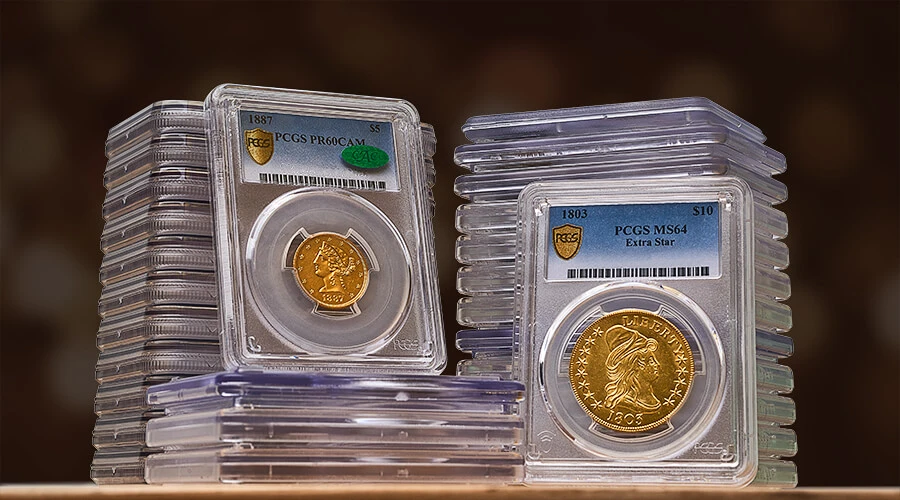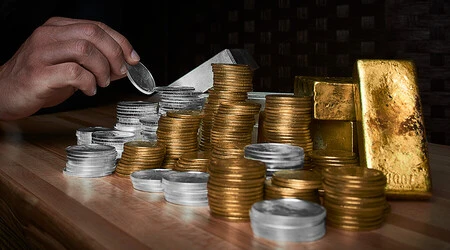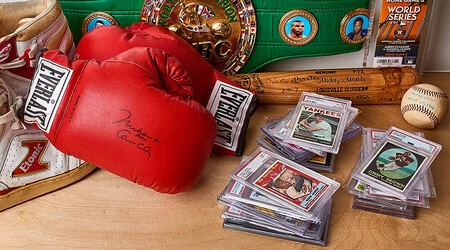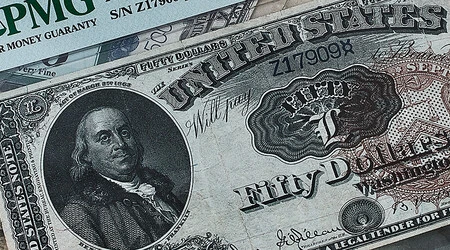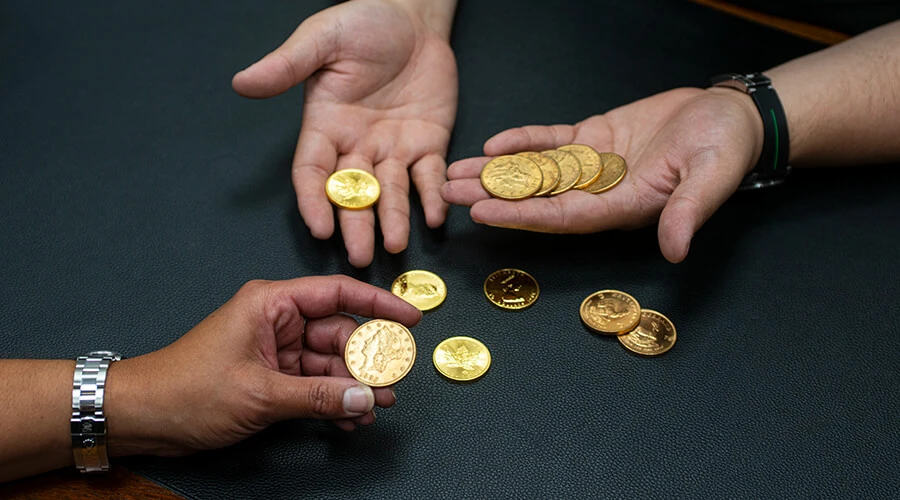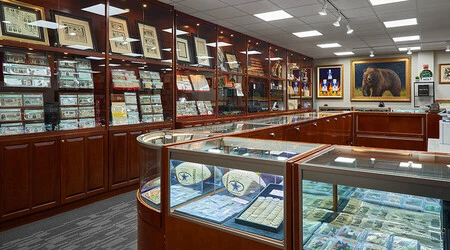American politics and ideals forever were changed in 1963 with the death of President John Fitzgerald Kennedy; his presidency had ushered in hope that democracy could prevail against communism in those early years of the Cold War. In those uncertain and sad weeks following Kennedy’s assassination, his successor, Lyndon B. Johnson, requested that Congress approve production of a half-dollar coin bearing JFK’s likeness as a memorial to the 35th president of the United States; this tribute also would permanently transform the design of, and the way Americans immortalize their presidents in all U.S. coin currency.
The Congressional request was a two-fold catalyst for changing America’s coinage. Johnson’s proposal also asked that all five coin denominations produced by the United States Mint reflect the image of a President. Until then, there was no consistent standard of what image should be engraved on a coin, and only three reflected a President: Abraham Lincoln on the one-cent; George Washington on the quarter; and Thomas Jefferson, the five-cent nickel. The President also asked Congress to change a federal law requiring currency be in circulation for at least 25 years before a coin’s image could be changed—this amendment would be a prerequisite to issuing the Kennedy half dollar, since the coin’s then-current image of Benjamin Franklin had only been in circulation for 15 years.
The new coin and currency amendments were approved by the U.S. House of Representatives and signed into law by President Johnson at the end of 1963. The only dissent to the issuance of the Kennedy fifty-cent piece came from a representative from Pennsylvania whose jurisdiction included Gettysburg; the Kennedy coin would squash plans for a proposed law allowing the Mint to issue a half dollar commemorating Lincoln’s Gettysburg Address that, ironically, occurred 100 years before Kennedy’s assassination. With the obverse of the coin designed by Mint Chief Engraver Gilroy Roberts, and the reverse designed by his colleague, Frank Gasparro, the historic issuance of the Kennedy half dollar first occurred on Feb. 11, 1964; since its debut fifty-years ago, more than four billion Kennedy half dollars have been struck by the Mint. This year, the Mint released three uncirculated coin sets observing the 50th anniversary of the Kennedy half dollar, including coins containing 90-percent silver, and a version containing a three-quarter ounce of gold.
A week ago, the Mint announced a production limit of 75,000 for the 2014 50th Anniversary Kennedy Half Dollar Gold Proof Coin, with no ordering limit; after its initial release in August, the Mint was forced to suspend sales of the gold coin for two days at its three retail outlets in Washington D.C., Philadelphia, and Denver. Originally priced at $1,240, initial buyers of the Gold Proof Kennedy half dollar reportedly were offered up to $3,000 per coin, with some sales reported as high as $9,000. In 2002, the Mint stopped producing business strikes of the Kennedy half dollar, with subsequent-years’ production of the coin only issued for collector sets and available from coin dealers like US Coins of Houston.












